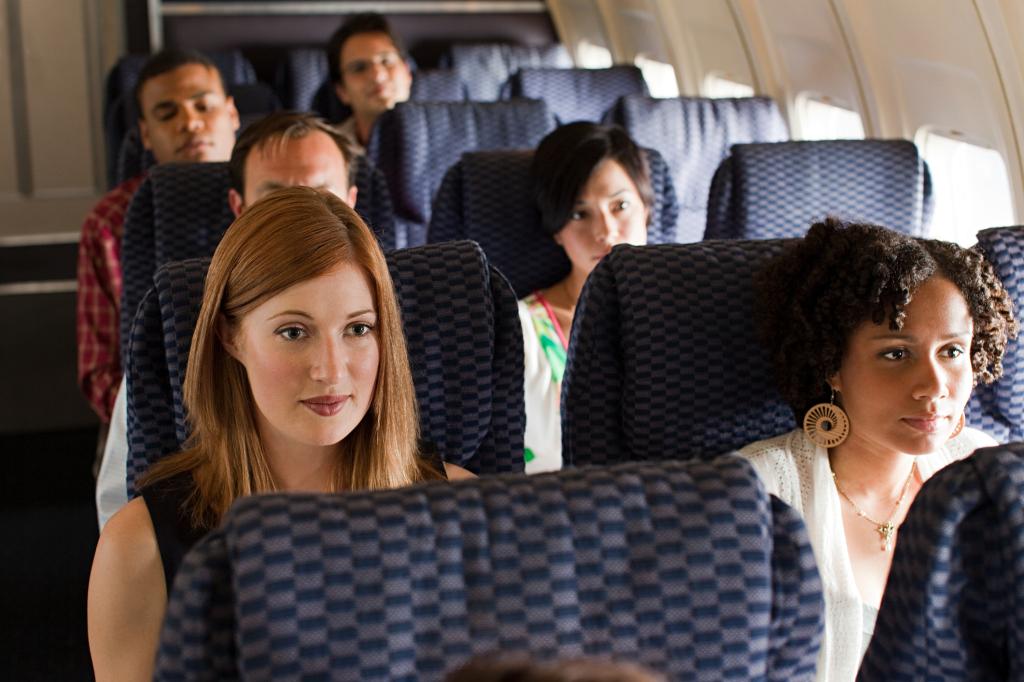The trend of airlines moving towards non-reclining seats in economy class is likely to continue as a way to reduce weight onboard and cut costs related to fuel. Lighter seats require fewer mechanical components, leading to an overall decrease in the weight of the airplane. This shift away from recline also addresses concerns about inflight kerfuffles, as reclining seats have been known to cause disputes between passengers. Some airlines have already implemented non-reclining seats in their economy class cabins, with the average amount of recline decreasing from 4 inches to 2 inches.
Travel experts believe that the removal of reclining seats from airplanes could be a positive change for passengers, as the practice of reclining has led to discomfort and conflicts between travelers. In some cases, reclining seats have triggered unruly behavior among passengers, resulting in altercations mid-flight. By eliminating the ability to recline seats, airlines may be able to prevent these incidents from occurring and create a more peaceful environment for passengers. The move towards non-reclining seats is part of a larger trend of airlines reducing amenities in economy class, such as complimentary bag checks, meals, and seat selection privileges.
Budget carriers like Spirit and Allegiant have already been offering nearly upright or “pre-reclined” seats for years, eschewing traditional reclining seats in favor of a more space-efficient design. Major airlines in the US have also been reducing the amount of seat recline available in economy class, with some carriers decreasing the recline space to just 2 inches. This downsizing approach has become more apparent with recent announcements from airlines like Southwest, which plans to introduce next-generation interiors with slim RECARO seats by 2025. These new seats have caused some discontent among travelers online, with some expressing concerns about comfort levels despite reassurances from Southwest about legroom and width remaining the same.
The controversy surrounding reclining seats and the move towards non-reclining seats highlights the ongoing tension between passenger comfort and airline efficiency. While airlines aim to reduce costs and weight by eliminating the ability to recline seats, some travelers may find the new seating arrangements less comfortable. The issue of reclining seats has been a source of conflict among passengers, with incidents of spilled drinks, broken devices, and physical altercations resulting from reclining seats. As airlines continue to make changes to their seating configurations, it remains to be seen how passengers will adapt to the new arrangements and whether these adjustments will ultimately improve the flying experience for all travelers.


